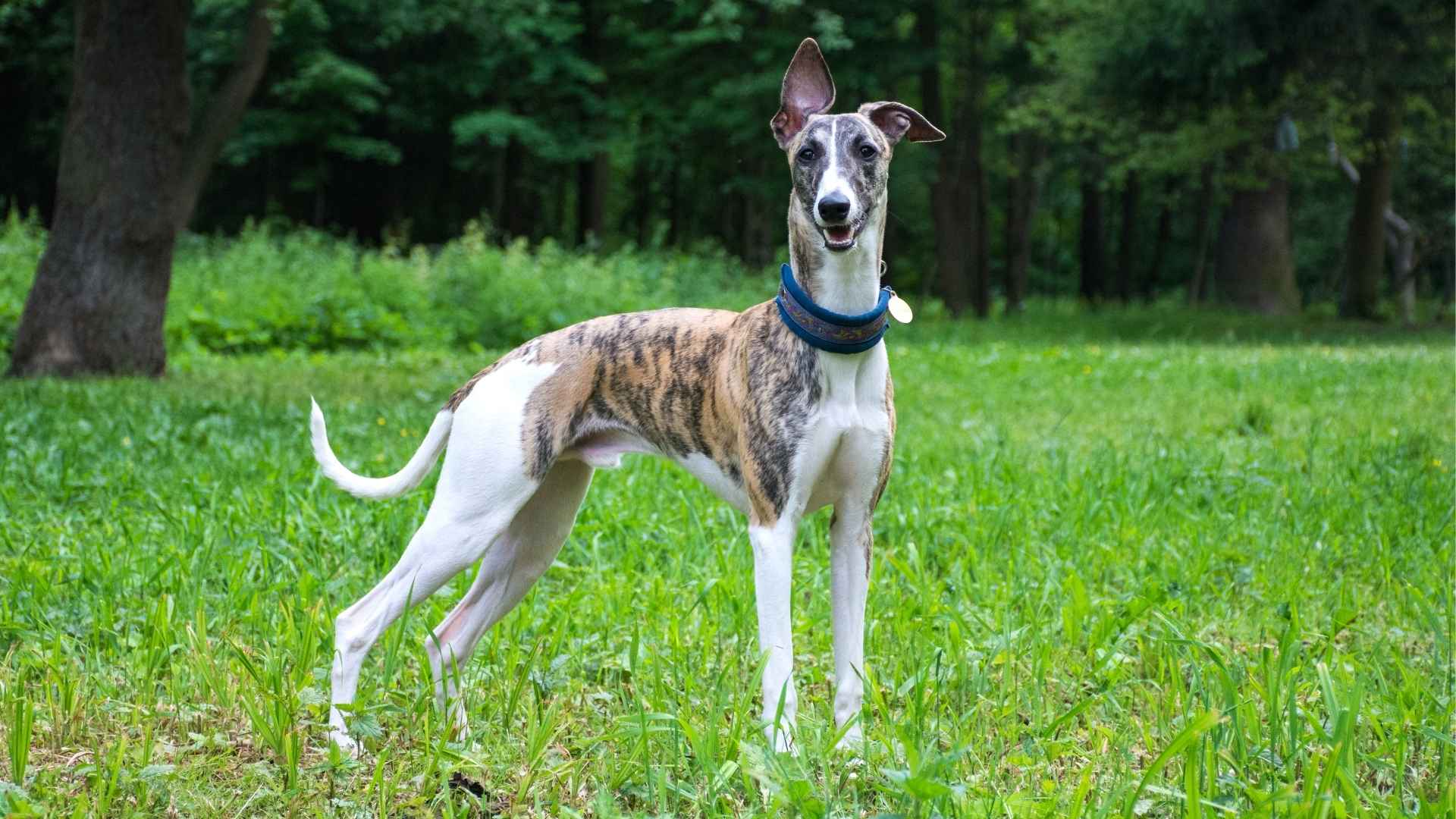Not every dog needs constant belly rubs, non-stop fetch, or your undivided attention every waking hour. Some are perfectly content entertaining themselves, enjoying bursts of play followed by quiet naps in their favorite sunny spot.
Independent dog breeds have a charm all their own—they’re confident, self-reliant, and happy to enjoy life without constant human supervision. While they’ll still love you fiercely, they also value their alone time, making them a great match for busy owners or those who appreciate a pet that’s a little less demanding.
These solo players might toss their own toys around, explore the backyard with curiosity, or simply watch the world go by from the window. They’re not aloof; they just have a sense of self-sufficiency that’s downright admirable.
We’ll introduce you to the breeds that thrive with a bit of independence—dogs that play solo yet still greet you with a tail-wagging welcome when you walk through the door. If you’re looking for a furry friend who can keep themselves entertained while still being a loyal companion, you’re in for a treat.
Independent Dog Breeds That Prefer Playing Solo
1. Basenji
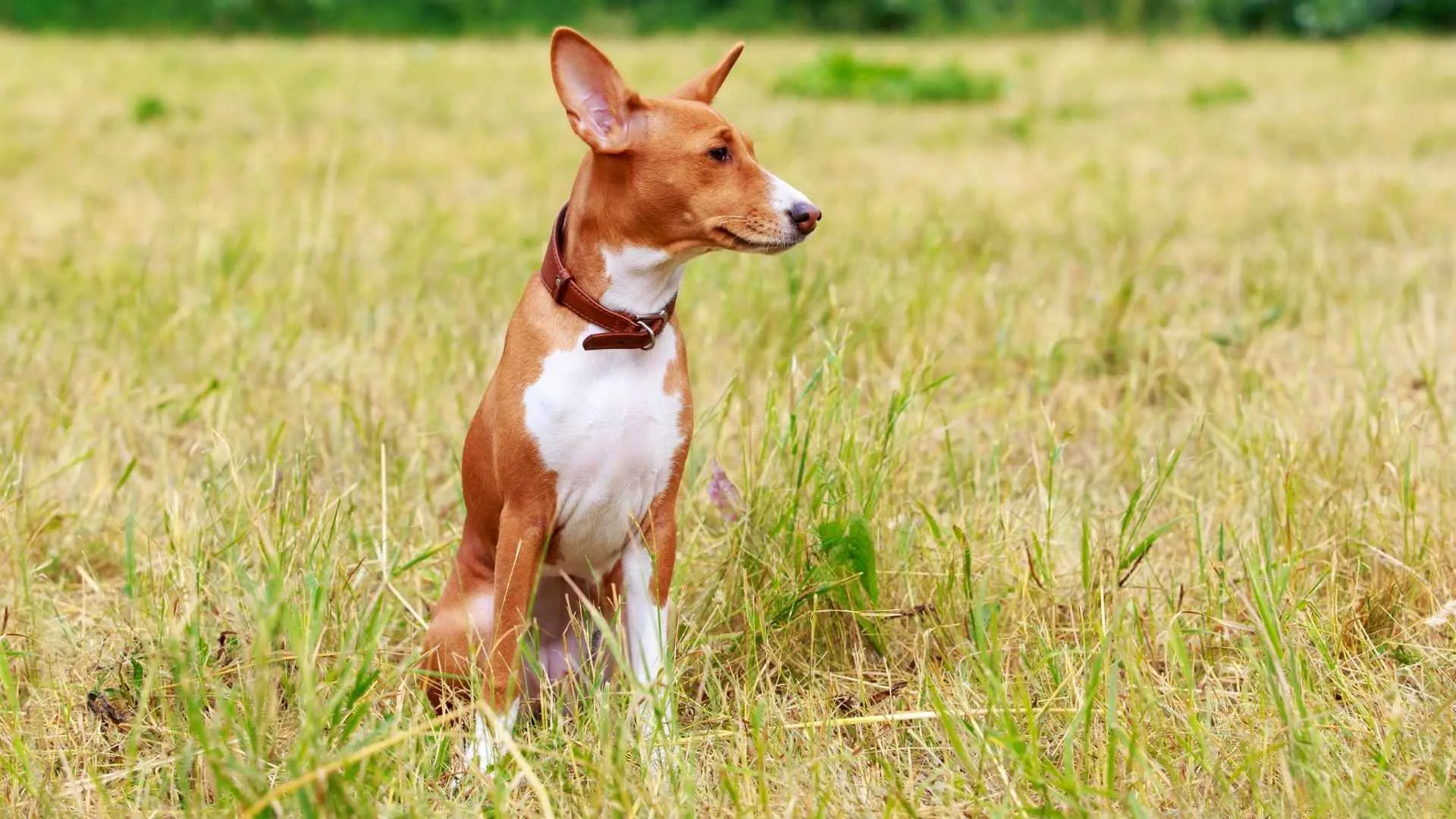
Meet the barkless dog, Basenji — the “cat of the dog world” with a personality all its own. Famous for being bark-free (they “yodel” instead), these sleek, muscular pups are born independent thinkers who march to the beat of their own drum.
Don’t expect a Basenji to sit politely on command for long stretches — this small breed is busy exploring, climbing, and plotting their next mischievous adventure.
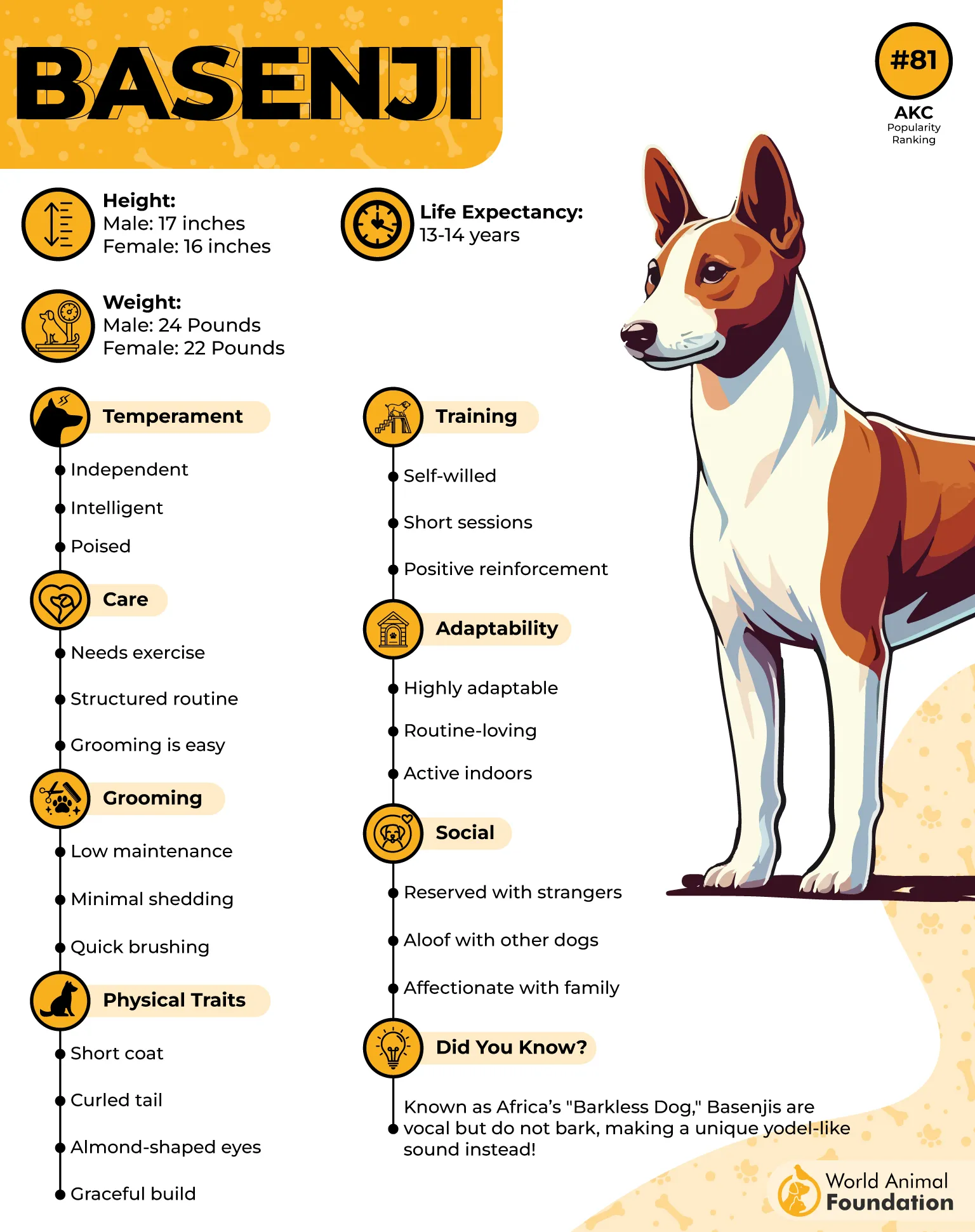
Though they love playtime, Basenjis prefer to do it solo or with select canine friends rather than relying on human entertainment.
Independent and self-motivated — they don’t need constant supervision
Agile and athletic — ideal for exploring or solo play sessions
Clever and curious — their brains keep them entertained when humans aren’t around
Low-bark, high-personality — expect yodels instead of traditional woofs
Purina says Basenjis are notably fastidious, grooming themselves in a manner reminiscent of cats. Like felines, they are skilled climbers, with some even able to scale trees. Basenjis are also highly alert and can spend hours watching the outside world from a window.
Think of them as the dog equivalent of a free-spirited gymnast: agile, clever, and often a little unpredictable. But give them a cozy spot to lounge afterward, and they’ll happily curl up and watch the world go by with a look that says, “I’m in charge here.”
2. Siberian Husky

Siberian Huskies are the ultimate independent adventurers of the dog world. With striking wolf-like features, piercing blue or multi-colored eyes, and a thick double coat built for Arctic temps, they’re natural-born explorers who thrive in the cold and love to roam.
Don’t expect them to follow every command — Huskies have a mind of their own and a flair for dramatic “I do what I want” moments.
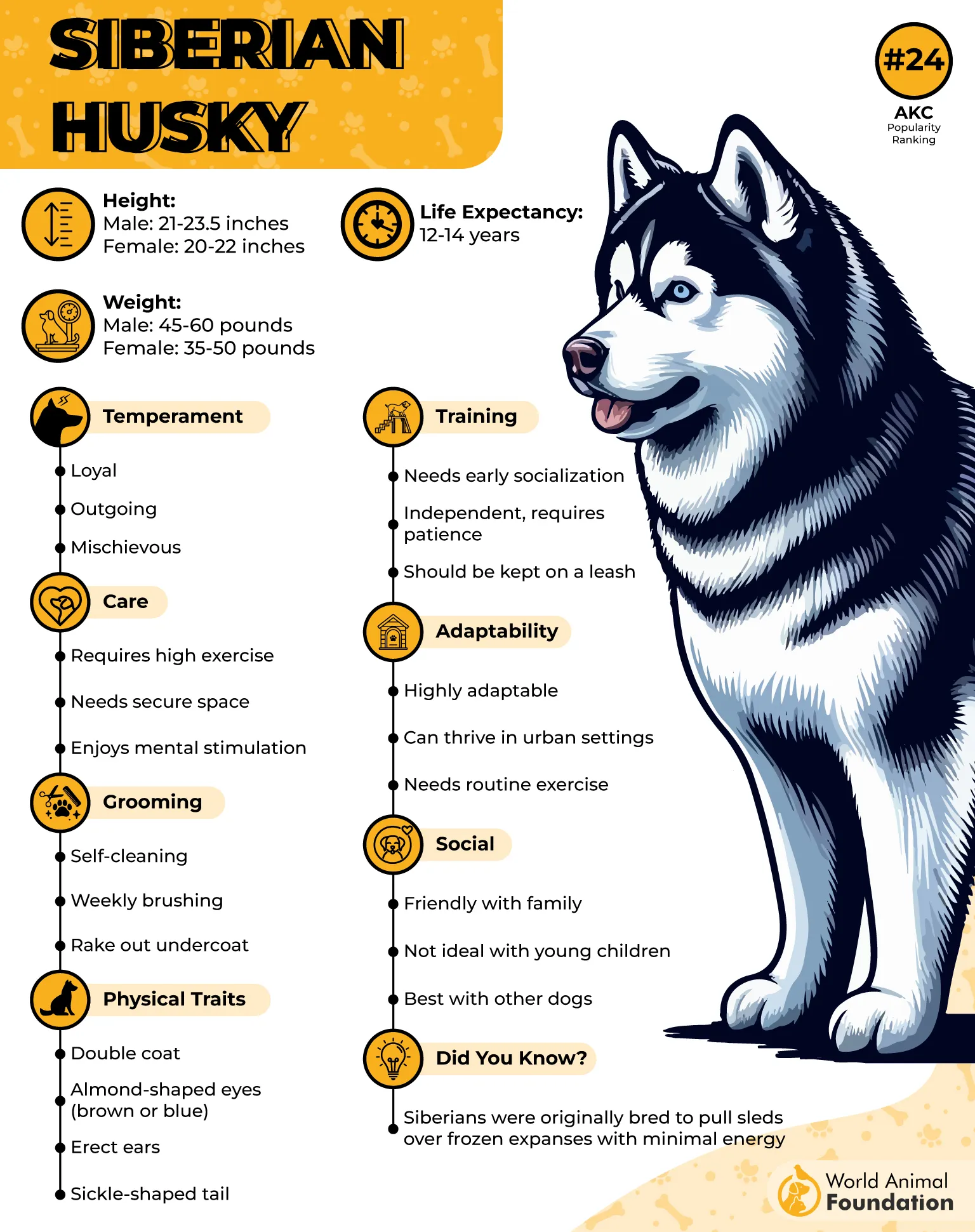
While they’re social and enjoy the company of other dogs, Huskies also adore solo play and long, adventurous runs. Siberian Huskies are extremely friendly, which makes them poor guard dogs. They are generally welcoming to strangers, often greeting them with a wagging tail rather than barking.
Independent and adventurous — they follow their own internal compass
High-energy and athletic — perfect for runs, hikes, and snowbound escapades
Clever and mischievous — capable of entertaining themselves for hours
Social yet self-sufficient — enjoy company but can thrive alone too
WebMD says because of their pack-dog background, Huskies may struggle if left alone too frequently or for long periods.
They are energetic runners, so they should always be on a leash or in a securely fenced yard. Huskies are also capable of impressive jumps, so a fence at least 6 feet tall is recommended to prevent escapes.
3. Akita
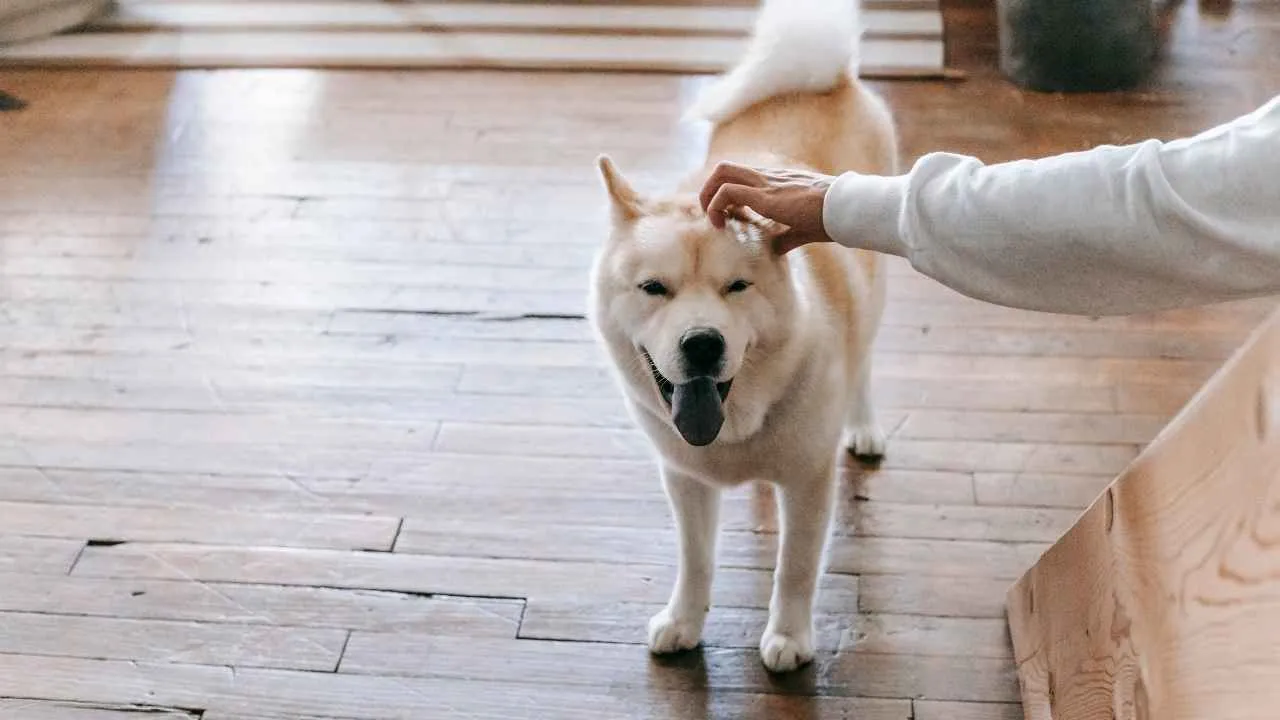
Akitas are majestic, independent dogs that command attention without even trying.
According to the AKC, Akita dogs are often given as statues to families when a new baby is born or a family member is ill, symbolizing protection and loyalty. This Japanese breed is also famous for Hachiko, an Akita who faithfully waited nine years at a train station for his owner after their passing.
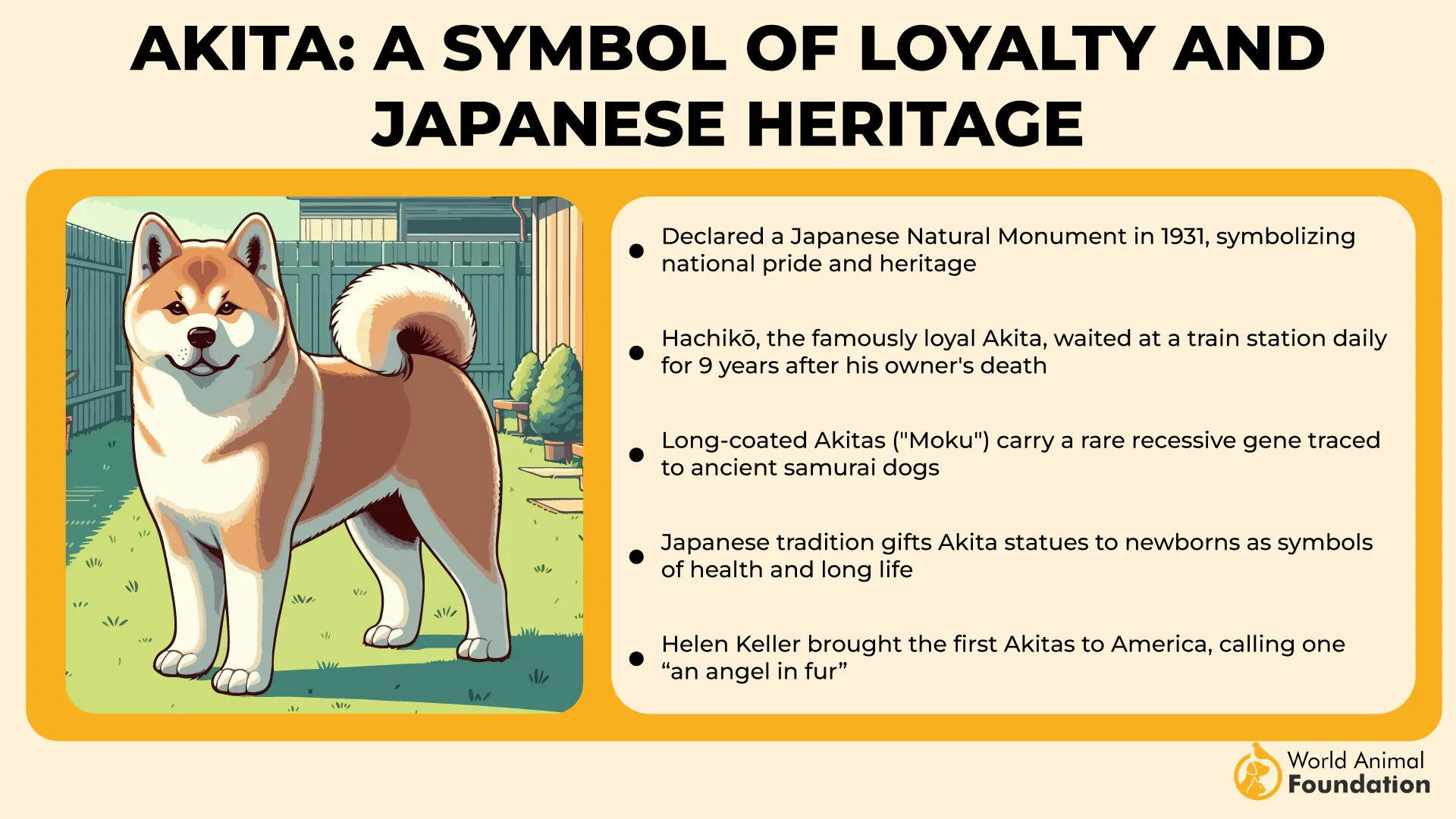
With a strong, muscular build and a proud, fox-like face, they carry themselves like royalty—but don’t mistake their poise for obedience at all times. These dogs value their personal space and often enjoy solo activities, though they are deeply loyal and protective of their families.
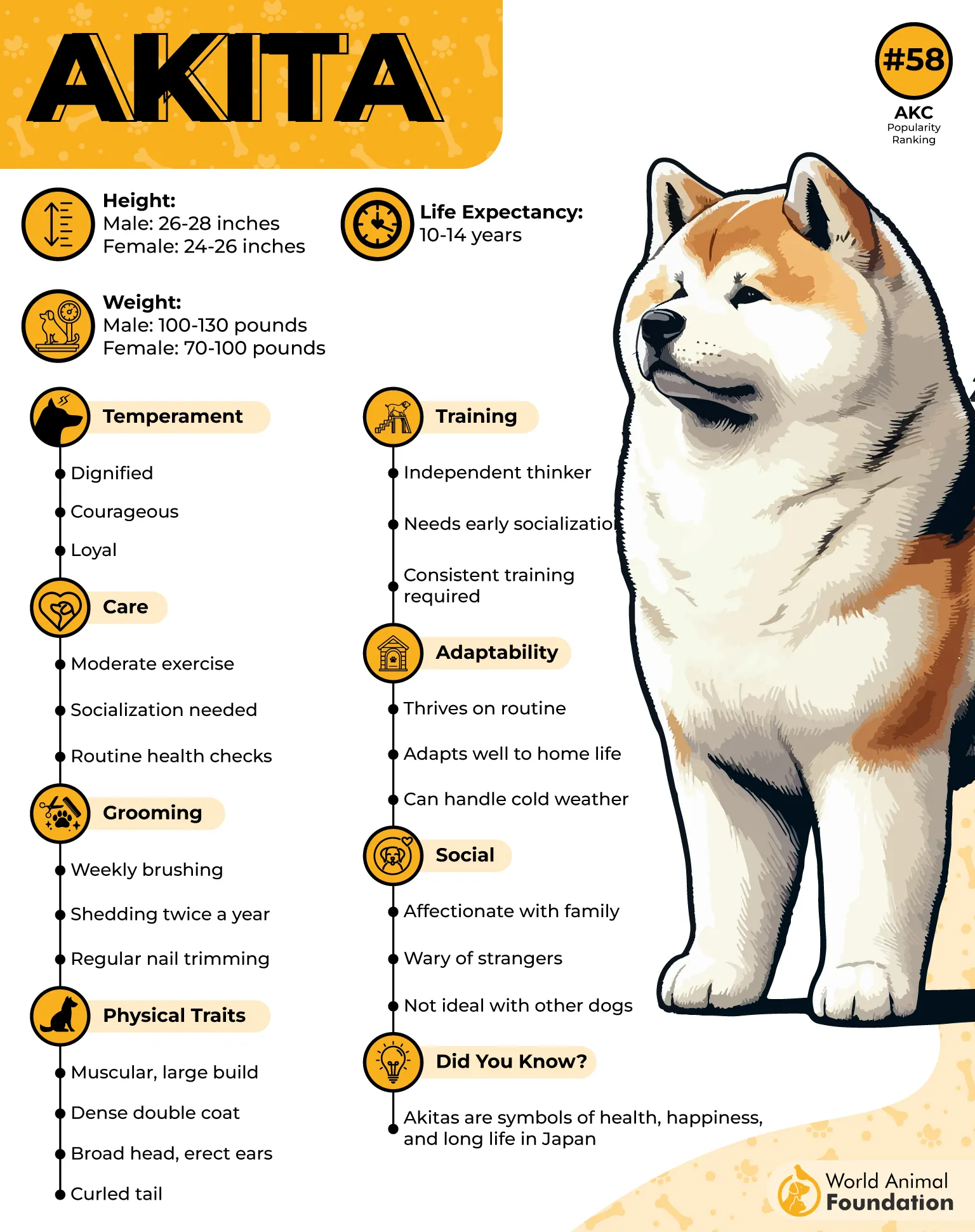
Independent thinkers who like to explore on their own terms
Loyal and protective but not clingy
Calm and composed, perfect for quiet solo play
Intelligent and self-aware — they enjoy figuring things out without constant supervision
Akitas prefer to think for themselves, which can make training a gentle challenge, but their intelligence and quiet confidence make every moment with them fascinating.
4. Great Pyrenees
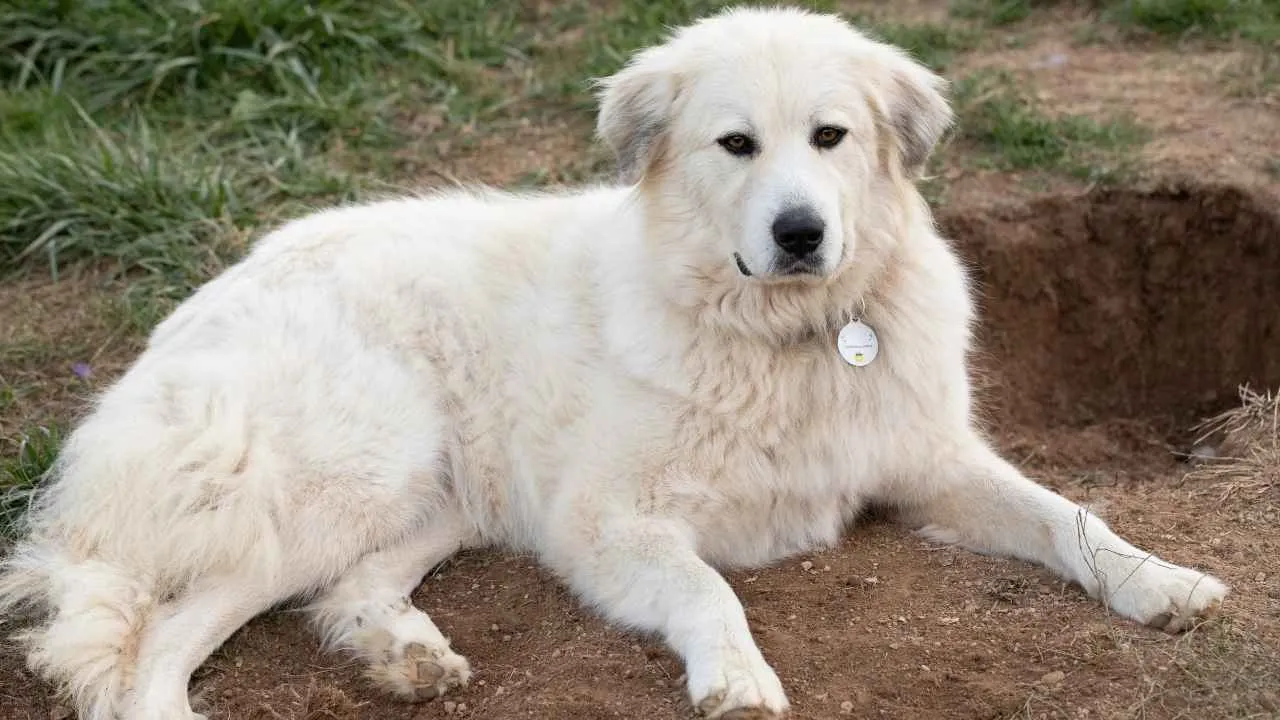
Great Pyrenees are the gentle giants of independence. Originally bred to guard flocks in the mountains, these majestic dogs are used to making decisions on their own while keeping watch.
The Great Pyrenees is a notably large dog breed, historically developed to safeguard livestock from predators. They typically stand 25–32 inches tall at the shoulder, with females weighing about 85 pounds on average and males exceeding 100 pounds.
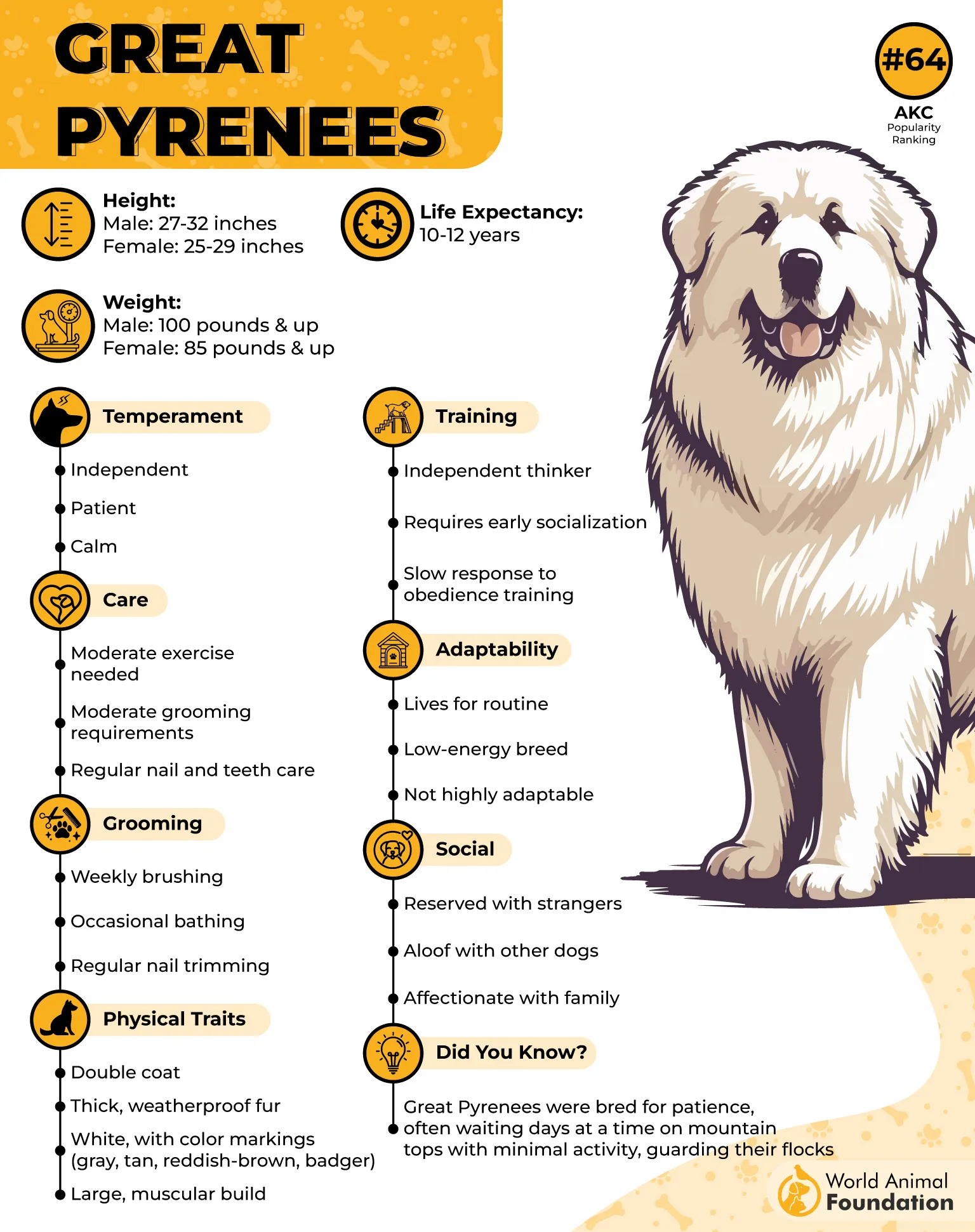
Naturally independent, bred to think and act alone while guarding flocks
Calm temperament and gentle, yet alert and protective
Enjoy quiet solo activities like sunbathing or exploring the yard
Loyal to family but not demanding of constant attention
They enjoy lounging in the sun, patrolling their territory at a leisurely pace, and engaging in solo play that lets them feel in control. Despite their imposing size, they’re calm, affectionate with their family, and possess a quiet confidence that radiates serenity.
5. Alaskan Malamute
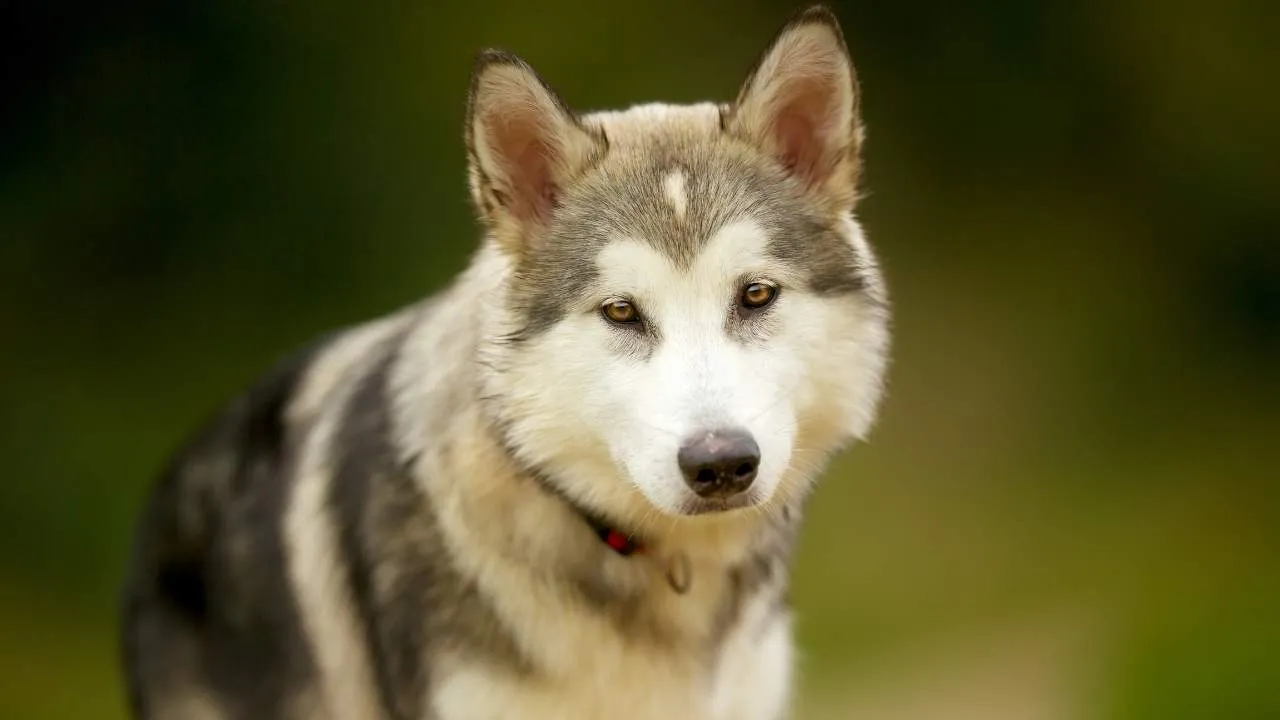
Alaskan Malamutes are the strong, independent adventurers of the dog world. Today, Malamutes are loved by pet owners for their intelligence and boundless energy, even if they never venture into the Alaskan wilderness.
Built for endurance and bred to haul heavy loads across icy terrain, these majestic dogs have a mind of their own and love tackling challenges solo.
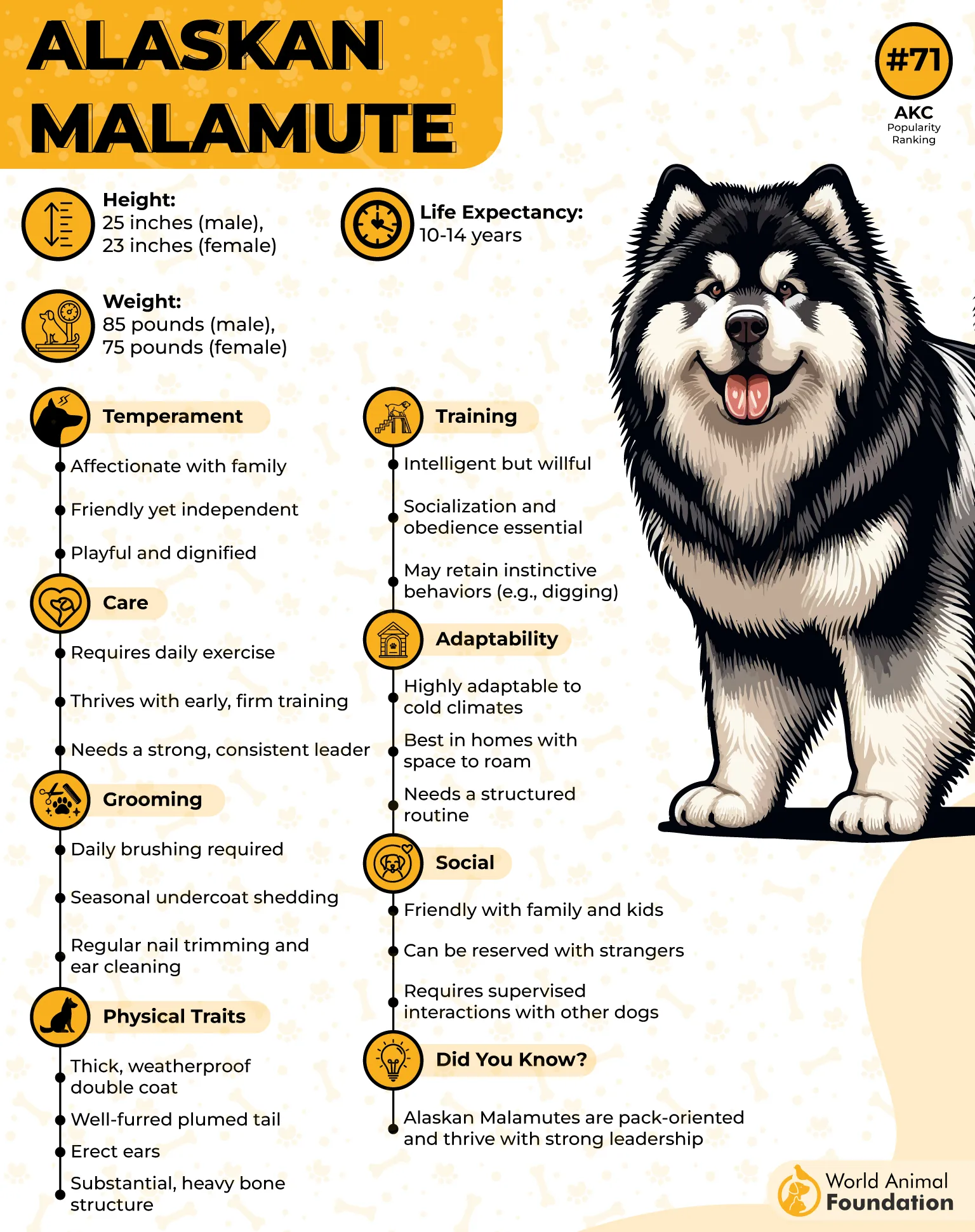
While they’re affectionate with family, Malamutes have a streak of independence that means they enjoy exploring, playing, and even problem-solving on their own terms. Think of them as the elegant athletes of the snowy wild—full of energy, cleverness, and just a touch of stubborn streak.
Independent and self-reliant, built for long treks in harsh conditions
High-energy explorers who love a challenge on their own terms
Loyal to family but not clingy, they appreciate personal space
Intelligent and clever, often figuring things out without human intervention
These dogs require plenty of exercise to stay happy—after all, their ancestors spent generations pulling sleds! While most owners can’t provide a sled, daily runs with their human or bike rides help keep these energetic dogs content.
6. Greyhound
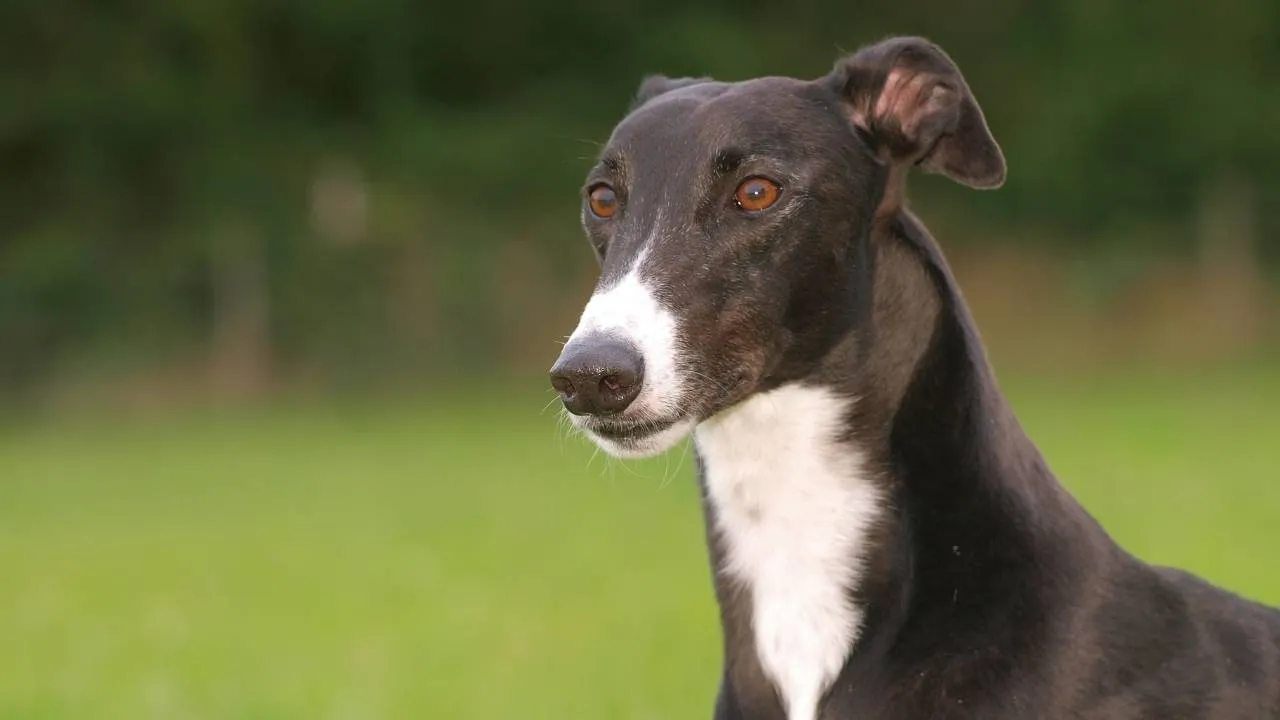
Greyhounds are the elegant speedsters of the dog world—built for short bursts of incredible velocity, then content to lounge like royalty the rest of the day.
Greyhounds are large dogs, typically standing 27–30 inches tall and weighing around 60–70 pounds. Their slim, aerodynamic build extends from their heads down the length of their bodies.
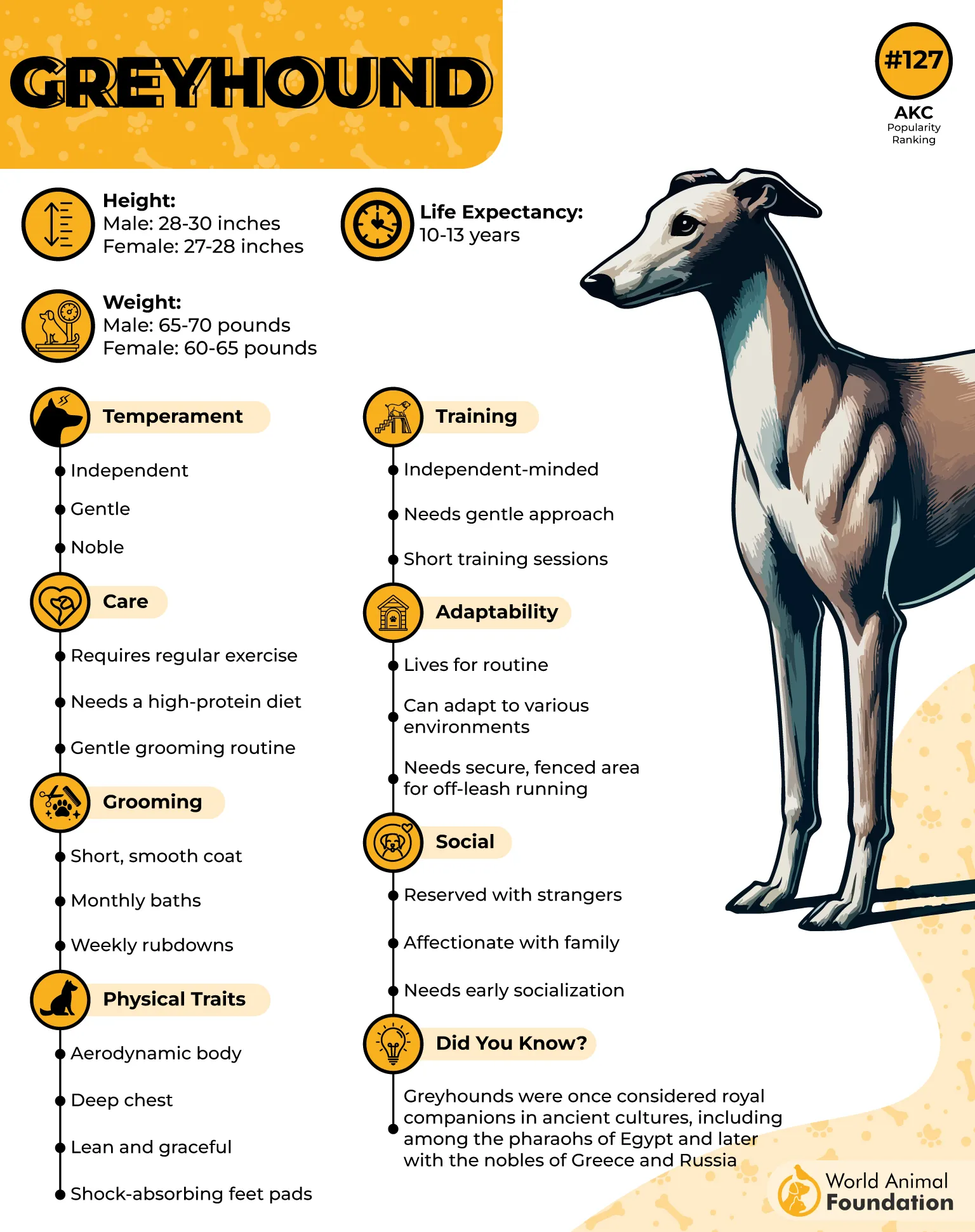
While they may be reserved around strangers, Greyhounds are very loving with their families. Their independent personality can make them seem somewhat aloof, similar to a cat, but they usually warm up quickly—especially when offered a treat, PetMD noted.
Independent and low-maintenance, enjoying alone time as much as a sprint
Built for speed, but appreciates long periods of calm and relaxation
Gentle, quiet, and observant—perfect for a serene household
Intelligent and self-reliant, often content to figure things out on their own
While they can sprint like lightning, these dogs often prefer independent play and quiet relaxation when they’re not chasing a lure.
With their gentle, reserved personalities, Greyhounds aren’t the type to demand constant attention—they’re perfectly happy observing the world from a sunny spot on the sofa, then zooming across the yard when the mood strikes.
7. Afghan Hound
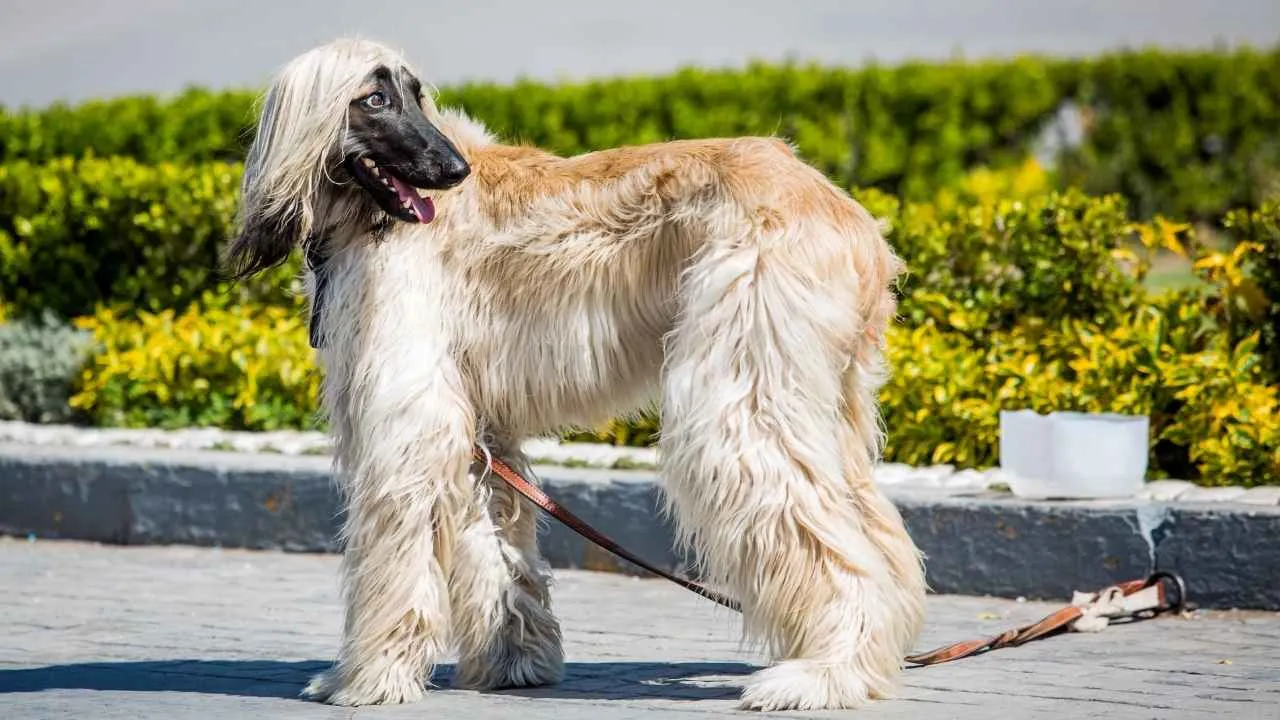
Afghan Hounds are the aristocrats of the canine world, known for their flowing coats, regal posture, and a strong sense of independence. These dogs were bred to hunt in the rugged mountains of Afghanistan, which means they’re confident, self-sufficient, and perfectly fine entertaining themselves.
Adult Afghan Hounds typically stand 25–27 inches tall and weigh between 50–60 pounds. Their most notable feature is a long, silky coat that comes in a variety of colors, including black, cream, blue, tan, red, and brindle.
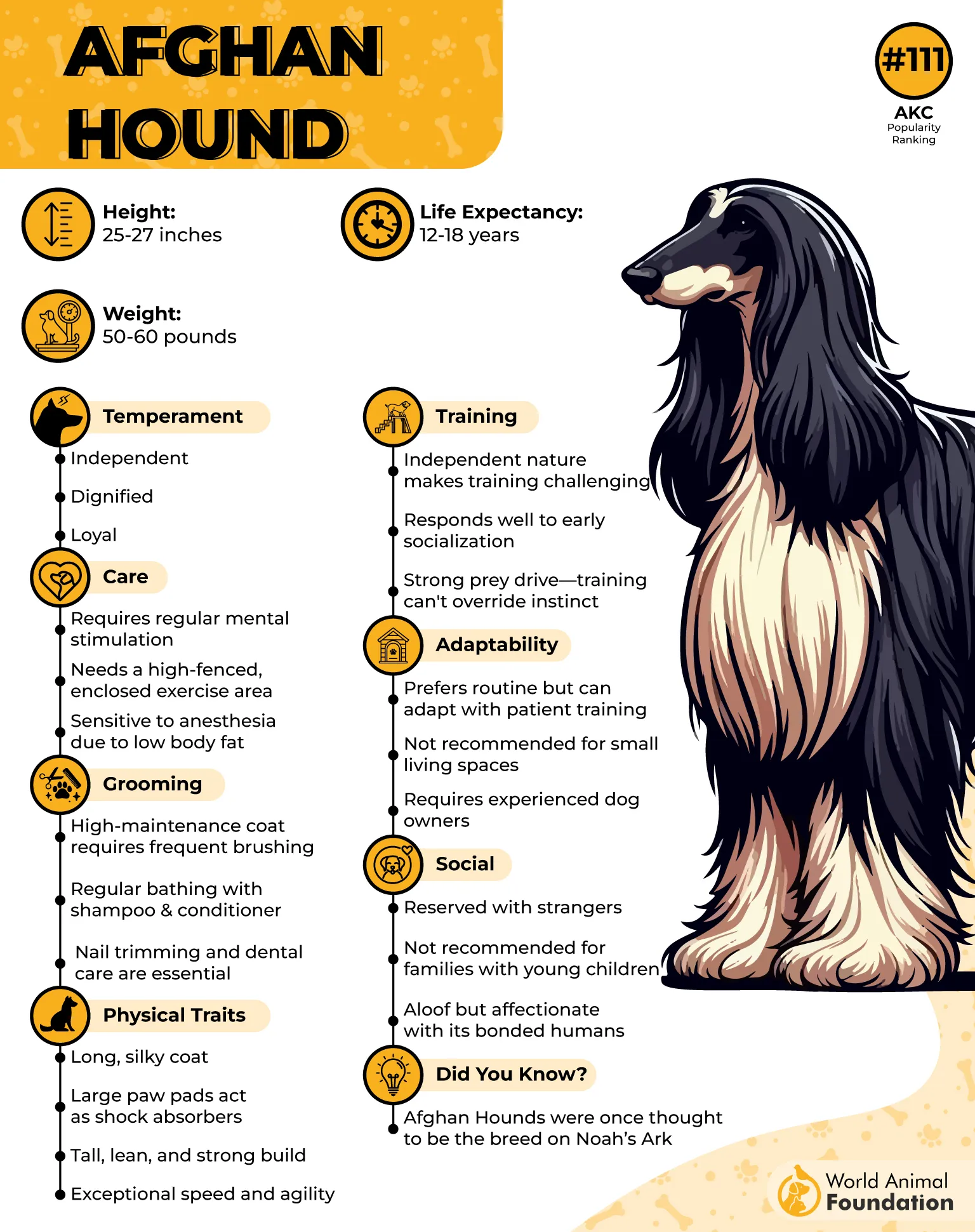
While they may be higher-maintenance than many popular family breeds, Afghan Hounds reward dedicated owners with their unique temperament, remarkable athleticism, and striking appearance.
Independent and self-assured, with a mind of their own
Bred for rugged terrain, they’re natural explorers and problem-solvers
Graceful, calm, and sometimes aloof—preferring their own company
Intelligent and clever, often quietly plotting their next move
While affectionate with their chosen humans, they’re selective about attention and prefer playing solo or exploring at their own pace, making them a breed that balances elegance with independence.
With their long legs and strong prey drive, Afghan Hounds need regular daily exercise, such as long walks or jogs. These dogs should never be allowed off-leash in an unfenced area, as they are excellent jumpers, so a tall fence is recommended for their safety.
Conclusion
Independent dog breeds that prefer playing solo include Basset Hounds, Chow Chows, Shiba Inu, Boston Terriers, Scottish Terriers, Standard Poodles, Lhasa Apsos, Irish Wolfhounds, and other breeds with a calm demeanor or independent streak.
Originally bred for small game or unique tasks, these dogs enjoy solo time, quiet time, and moderate periods alone, showing self-reliance without suffering separation anxiety. With proper training, enough mental stimulation, and their own space, these companion animals balance independence with occasional human interaction, making them well-suited for houses where constant interaction isn’t required.


